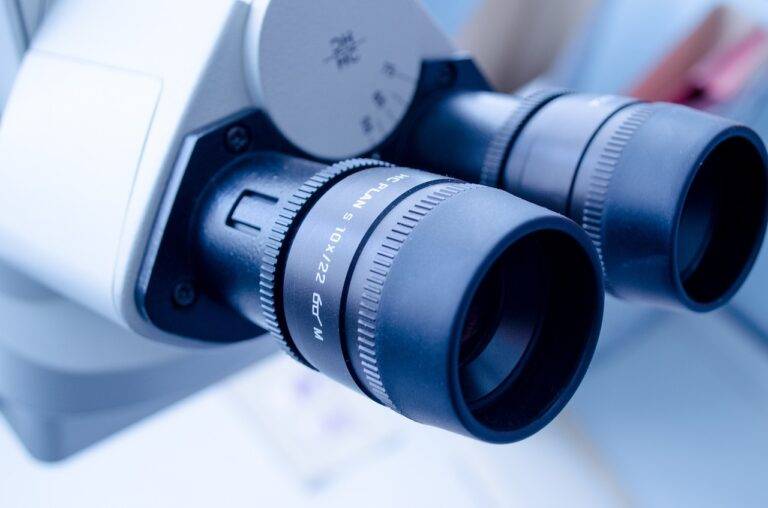The Role of Tech in Enhancing Disaster Resilience
Technological advancements have played a crucial role in enhancing disaster preparedness and response efforts. One key technology is Geographic Information Systems (GIS), which enables authorities to map out high-risk areas, identify vulnerable population groups, and efficiently coordinate emergency responses. Through the use of GIS, decision-makers can gain valuable insights into the geographical distribution of resources, infrastructure, and at-risk communities, enabling them to devise effective disaster management strategies.
Another vital technology is Remote Sensing, which leverages satellite imagery and aerial data to monitor natural phenomena such as wildfires, floods, and hurricanes in real-time. By analyzing these data sets, emergency responders can assess the extent of damage, predict the trajectory of disasters, and prioritize areas for evacuation or assistance. Remote sensing technologies have significantly improved early warning systems, enabling authorities to issue timely alerts and mobilize resources to mitigate the impact of disasters on vulnerable populations.
Utilizing Artificial Intelligence for Early Warning Systems
When it comes to developing early warning systems for disaster preparedness, the integration of artificial intelligence (AI) technologies has shown great potential in improving the timeliness and accuracy of alerts. AI algorithms can rapidly analyze vast amounts of data from various sources such as weather patterns, seismic activities, and social media trends to identify potential threats and predict their impacts. By using machine learning techniques, these systems can continuously learn and adapt, enhancing their predictive capabilities over time.
One key advantage of utilizing AI for early warning systems is its ability to provide real-time updates and alerts based on evolving data trends. This enables authorities and communities to make informed decisions quickly and efficiently in response to imminent threats. Moreover, AI-powered early warning systems can help prioritize resources and streamline emergency response efforts, ultimately saving lives and reducing the overall impact of disasters.
What are some key technologies for disaster preparedness and response?
Some key technologies for disaster preparedness and response include early warning systems, remote sensing, geographic information systems (GIS), and artificial intelligence (AI).
How can artificial intelligence be utilized for early warning systems?
Artificial intelligence can be utilized for early warning systems by analyzing data from various sources to predict and detect potential disasters, such as natural disasters or disease outbreaks, in advance.
What are the benefits of utilizing artificial intelligence for early warning systems?
The benefits of utilizing artificial intelligence for early warning systems include faster and more accurate predictions, increased efficiency in response efforts, and ultimately saving lives by providing timely warnings to those at risk.
How can artificial intelligence improve disaster preparedness and response efforts?
Artificial intelligence can improve disaster preparedness and response efforts by providing real-time data analysis, predictive modeling, and decision support systems to help authorities make informed decisions and allocate resources more effectively during a crisis.
Are there any limitations to utilizing artificial intelligence for early warning systems?
Some limitations to utilizing artificial intelligence for early warning systems include potential biases in the data used for training AI models, the need for continuous monitoring and updating of algorithms, and the challenge of integrating AI technologies with existing systems and infrastructure.





